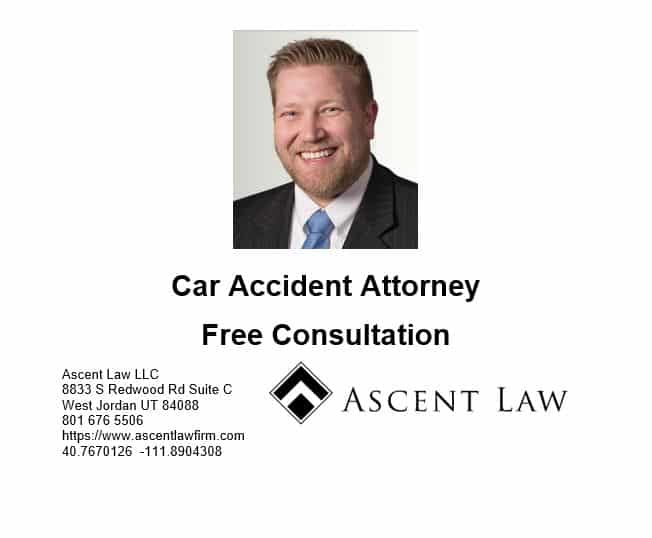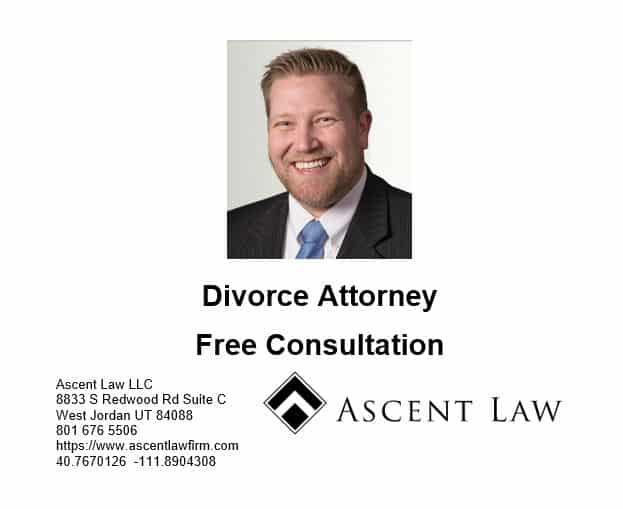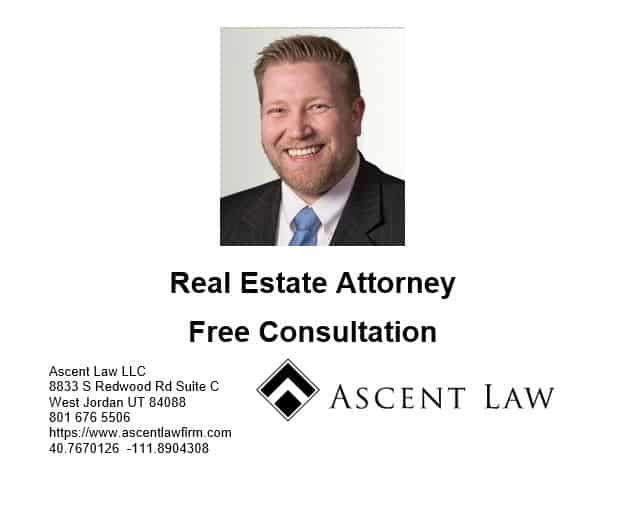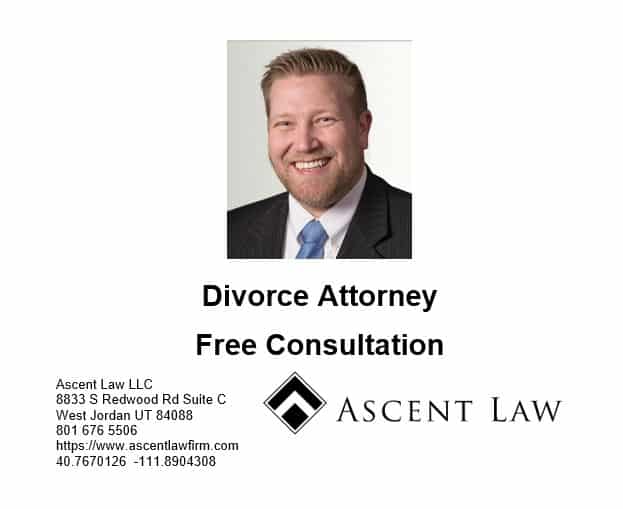
Rule 501 of Regulation D defines the term “accredited investor” according to the view of the SEC and Regulation D of the Securities Act. According to Rule 501, an accredited investor must meet specific criteria regarding their assets, income, net worth, legal status and professional experience. Accredited investors can be individuals with high net worth or insurance companies, banks, brokers or trusts. Accredited investors are also known as registered investors.
What Is SEC Regulation D (Reg D)?
Regulation D (Reg D) is a Securities and Exchange Commission (SEC) regulation governing private placement exemptions. It should not be confused with Federal Reserve Board Regulation D, which limits withdrawals from savings accounts. Reg D offerings are advantageous to private companies or entrepreneurs that meet the requirements because funding can be obtained faster and at a lower cost than with a public offering. It is usually used by smaller companies. The regulation allows capital to be raised through the sale of equity or debt securities without the need to register those securities with the SEC. However, many other state and federal regulatory requirements still apply.
Understanding SEC Regulation D (Reg D)
Raising capital through a Reg D investment involves meeting significantly less onerous requirements than a public offering. That allows companies to save time and sells securities that they might not otherwise be able to issue in some cases. While Regulation D makes raising funds easier, buyers of these securities still enjoy the same legal protections as other investors. It is not necessary to keep Regulation D transactions a secret, even though they are private offerings. There are directives within the regulation that, depending on which rules are applied, may allow offerings to be openly solicited to prospective investors in a company’s network.
Requirements of SEC Regulation D
Even if the Reg D transaction involves just one or two investors, the company or entrepreneur must still provide the proper framework and disclosure documentation. A document known as Form D must be filed electronically with the SEC after the first securities are sold. Form D, however, contains far less information than the exhaustive documentation required for a public offering. The form requires the names and addresses of the company’s executives and directors. It also requires some essential details regarding the offering. The issuer of a security offered under Reg D must also provide written disclosures of any prior “bad actor” events, such as criminal convictions, within a reasonable time frame before the sale. Without this requirement, the company might be free to claim it was unaware of the checkered past of its employees. In that case, it would be less accountable for any further “bad acts” they might commit in association with the Reg D offering. According to rules published in the Federal Register, transactions that fall under Reg D are not exempt from antifraud, civil liability, or other provisions of federal securities laws. Reg D also does not eliminate the need for compliance with applicable state laws relating to the offer and sale of securities. State regulations, where Reg D has been adopted, may include disclosure of any notices of sale to be filed. They may require the names of individuals who receive compensation in connection with the sale of securities.
Limitations of SEC Regulation D (Reg D)
The benefits of Reg D are only available to the issuer of the securities, not to affiliates of the issuer or to any other individual who might later resell them. What is more, the regulatory exemptions offered under Reg D only apply to the transactions, not to the securities themselves. Regulation D offerings are specific securities offerings that do not have to be registered with the SEC. SEC Rule 501 defines the terms used to talk about and define Reg D exemptions, including who are accredited investors—the most important definition contained in Rule 501. If you are considering issuing a Reg D offering, it’s important to fully understand each of the key SEC Regulation D Rule 501 terms. It may help to speak with a securities lawyer from Ascent Law to get better clarity on these terms and conditions.
Rule 501 Accredited Investors
In order to qualify under Rules 505 and 506 of Regulation D, securities can only be sold to accredited investors as defined in Rule 501.
Who Is an Accredited Investor?
The following people and entities are considered accredited investors under Rule 501:
• Banks, insurance companies, registered investment companies, business development companies, and small business investment companies;
• Employee benefit plans, businesses, or trusts with over million worth of assets;
• Directors, executive officers, and general partners of the company issuing securities;
• Individuals who earn at least $200,000 per year or earn an income of $300,000 jointly with a spouse; or
• Individuals or married couples with a net worth exceeding $1 million beyond the value of their primary residence.
Why It Matters
If you plan to make a Reg D offering, purchasers must strictly qualify under the definitions provided in Rule 501 of Regulation D guidelines. While all Reg D guidelines are strictly enforced, the accredited investor definition is an extremely important component of the Reg D exemptions. The logic is that investors meeting the accredited investor test are financially sophisticated and have some risk tolerance and therefore, these investors have a reduced need for the protections provided by the SEC filings and other regular disclosures mandated for non-exempt offerings. Accordingly, a finding that investors in a purportedly exempt offering do not meet the requirements for “accredited investors” is a serious violation of the spirit of the registration exemptions—and subject to significant sanctions.
Other Key Terms in Rule 501 of Regulation D
SEC Rule 501 also defines a number of other terms used in Reg D offerings, including:
• Aggregate Offering Price: The aggregate offering price of a security under Reg D is considered the sum worth of all cash, services, property, notes, cancellation of debt, or other consideration to be exchanged for shares. When using a combination of consideration, however, their worth must be fairly assessed in cash for a reported offering price. Under Rules 504 and 505, this aggregate offering price cannot exceed $1 million and $5 million respectively.
• Business Combination: When a share-based merger or acquisition is not registered with the SEC under a Regulation D exemption, it is called a business combination. To qualify, the issuer must be fully under the control of another company after the acquisition.
• Number of Purchasers: Reg D exemptions are generally limited to a specific number of purchasers. This number of purchasers counts every business, partnership, and trust once, as well as each individual investor except the following:
Relatives who live with another purchaser;
Trusts where the majority control is owned by another purchaser or their family; or
Corporations where the majority control is owned by another purchaser or their family.
• Executive Officer: An executive officer under Reg D offerings includes the president, any vice president in charge of a principal business unit, division, or function, and any other officer who performs any policy-making function on behalf of the issuer. This can include executives of subsidiaries of the issuer if they have the ability to affect overall policies of the company.
• Purchaser Representative: To qualify as a purchaser representative under Rule 501, a individuals must:
have knowledge and experience in financial matters sufficient to allow them to evaluate the risks and benefits of a possible investment;
have been acknowledged as such by the purchaser in writing;
have disclosed any material relationship between themselves or their affiliates and the issuer or its affiliates; and
not be an affiliate, director, officer, or other employee of the issuer or a beneficial owner controlling 10 percent or more of any class of securities issued by the company.
An accredited investor is a person or a business entity who is allowed to deal in securities that may not be registered with financial authorities. They are entitled to such privileged access if they satisfy one (or more) requirements regarding income, net worth, asset size, governance status or professional experience. In the U.S., the term is used by the Securities and Exchange Commission (SEC) under Regulation D to refer to investors who are financially sophisticated and have a reduced need for the protection provided by regulatory disclosure filings. Accredited investors include natural high net worth individuals (HNWI), banks, insurance companies, brokers and trusts.
Accredited Investor Need To Know
An accredited investor is a person or entity who is allowed to deal, trade and invest in financial securities as long as they satisfy one (or more) requirements regarding income, net worth, asset size, governance status or professional experience. The term originates from the English word ‘accredited’ which literally means someone who has been given special authority or sanction if they meet certain recognized standards. Accredited investors are most popular for purchasing securities which are not registered with the regulatory authorities like the SEC. Since the capital raising exercise involves a complex and costly process including regulatory filings, many companies offer securities to the accredited investors directly. The companies are exempted from registering securities with the SEC which saves a lot of cost for them, and are allowed to sell the shares to qualified accredited investors. Participants in such types of private placements are at the risk of losing their entire investment, and therefore authorities need to ensure that they are financially stable, experienced and knowledgeable about their risky ventures. The role of the regulatory authorities in such transactions is limited to verifying or offering the necessary guidelines for setting benchmarks for an individual or entity to qualify as an accredited investor – that is, the applicant must possess the necessary financial means and knowledge to take the risks involved in investment in such unregistered securities. Other arenas to which the accredited investors have privileged access include venture capital, hedge funds, angel investments, and deals involving complex and higher-risk investments and instruments.
Requirements for Accredited Investors
The regulations for accredited investors vary from one jurisdiction to the other and are often defined by the local market regulator or a competent authority. In the United States, the definition of accredited investor is put forth by SEC in Rule 501 of Regulation D. To be an accredited investor, a person must have an annual income exceeding $200,000, or $300,000 for joint income, for the last two years with expectation of earning the same or higher income in the current year. An individual must have earned income above the thresholds either alone or with a spouse over the last two years. The income test cannot be satisfied by showing one year of an individual’s income and the next two years of joint income with a spouse. The exception to this rule is when a person is married within the period of conducting a test. A person is also considered an accredited investor if they have net worth exceeding $1 million, either individually or jointly with his spouse. The SEC also considers a person to be an accredited investor if they are a general partner, executive officer, director or a related combination thereof for the issuer of unregistered securities. An entity is an accredited investor if it is a private business development company or an organization with assets exceeding $5 million. Also, if an entity consists of equity owners who are accredited investors, the entity itself is an accredited investor. However, an organization cannot be formed with a sole purpose of purchasing specific securities.
Purpose of Accredited Investor Requirements
Any regulatory authority of a market needs to perform a fine act of balancing between promoting investments and safeguarding the investors. On one hand, regulators need to promote investments in risky ventures and entrepreneurial activities which may have the potential to emerge as multi-baggers in the future. Such initiatives are risky, may be focused on concept-only research and development activities without any marketable product, and may have a high chance of failure. If these ventures are successful, they offer a big return to their investors. However, they also have a high probability of failure which leads to the risk of investors losing all of their investments. On the other hand, regulators need to protect the common, often less knowledgeable, individual investors who may neither have the financial cushion to absorb high losses nor the understanding of where they are putting their hard earned money. Therefore, a balanced approach is taken through the provision of accredited investors, who are financially strong as well as knowledgeable and experienced to fit the job of being allowed to invest in such unregistered securities and investments.
How to become an Accredited Investor?
There is no formal agency or a process to secure the coveted status of an accredited investor. No registration, form-filling or application is required, and no certificate is issued by any agency stating that one is now an accredited investor for this year. Instead, the onus is on the sellers of such securities to take a number of different steps in order to verify the status of entities or individuals who wish to be treated as accredited investors. Individuals or parties desirous of applying for accredited investor can approach the issuer of the unregistered securities, who may ask the applicant to respond to a questionnaire to determine if the applicant qualifies as an accredited investor. The questionnaire may need to be accompanied by various attachments, like account information, financial statements, and balance sheet to verify the qualification. The list of attachments can extend to tax returns, W-2 forms, salary slips, and even letters from reviews by CPAs, tax attorneys, investment brokers or advisors. Additionally, the issuers may also evaluate an individual’s credit report for additional assessment.
Securities Lawyer Free Consultation
When you need legal help with Rule 501 of Regulation D, please call Ascent Law LLC for your free consultation (801) 676-5506. We want to help you.
8833 S. Redwood Road, Suite C
West Jordan, Utah
84088 United States
Telephone: (801) 676-5506
Helpful Articles
What Is A Confidential Private Placement Memorandum?
Estate Planning Forms And Tools
Do I Have To Endure A Long Court Battle To Get Divorced?
{
“@context”: “http://schema.org/”,
“@type”: “Product”,
“name”: “ascentlawfirm”,
“description”: “Ascent Law helps you in divorce, bankruptcy, probate, business or criminal cases in Utah, call 801-676-5506 for a free consultation today. We want to help you.
“,
“brand”: {
“@type”: “Thing”,
“name”: “ascentlawfirm”
},
“aggregateRating”: {
“@type”: “AggregateRating”,
“ratingValue”: “4.9”,
“ratingCount”: “118”
},
“offers”: {
“@type”: “Offer”,
“priceCurrency”: “USD”
}
}
Source: https://www.ascentlawfirm.com/what-is-rule-501-of-regulation-d/
source https://probatelawyerwestjordanut.wordpress.com/2020/08/01/what-is-rule-501-of-regulation-d/





